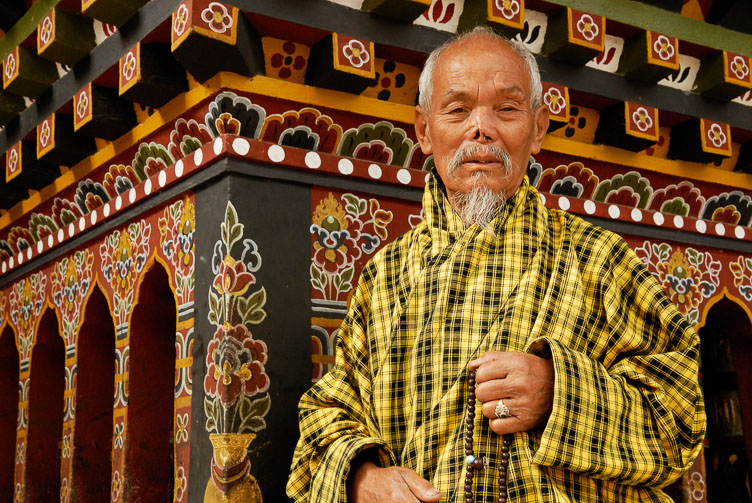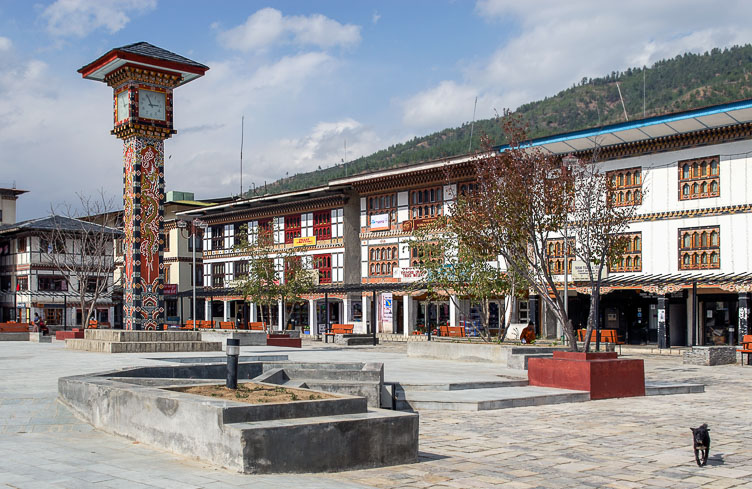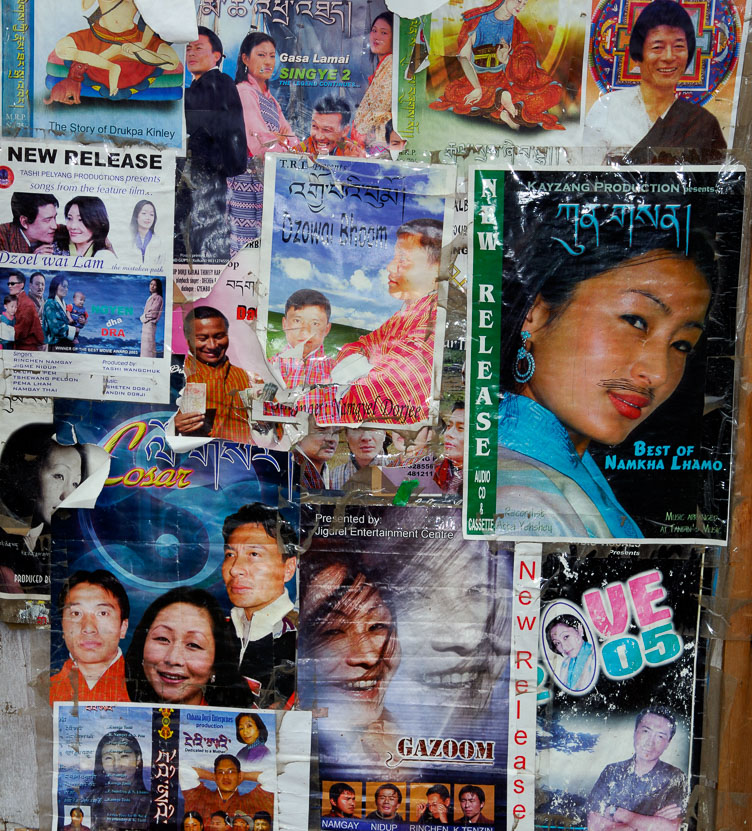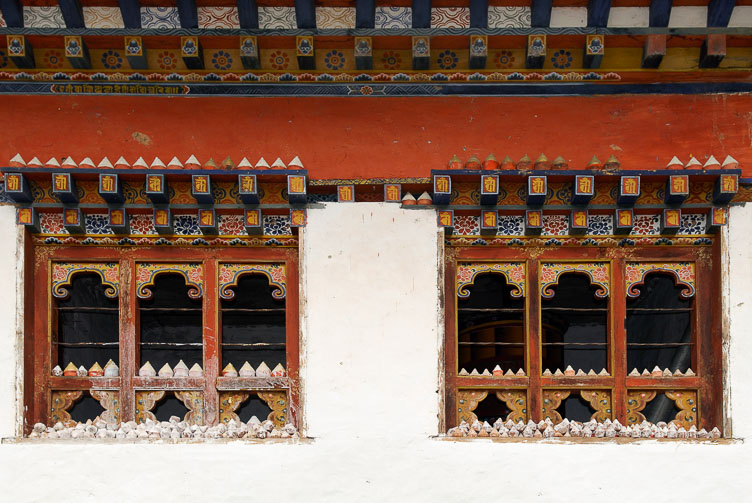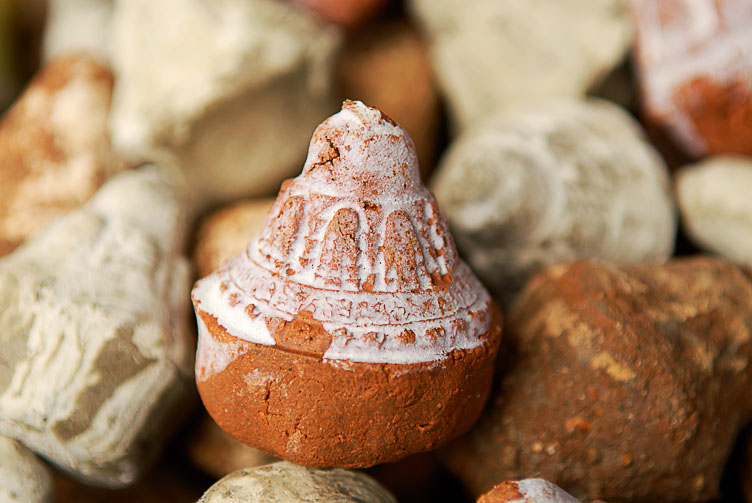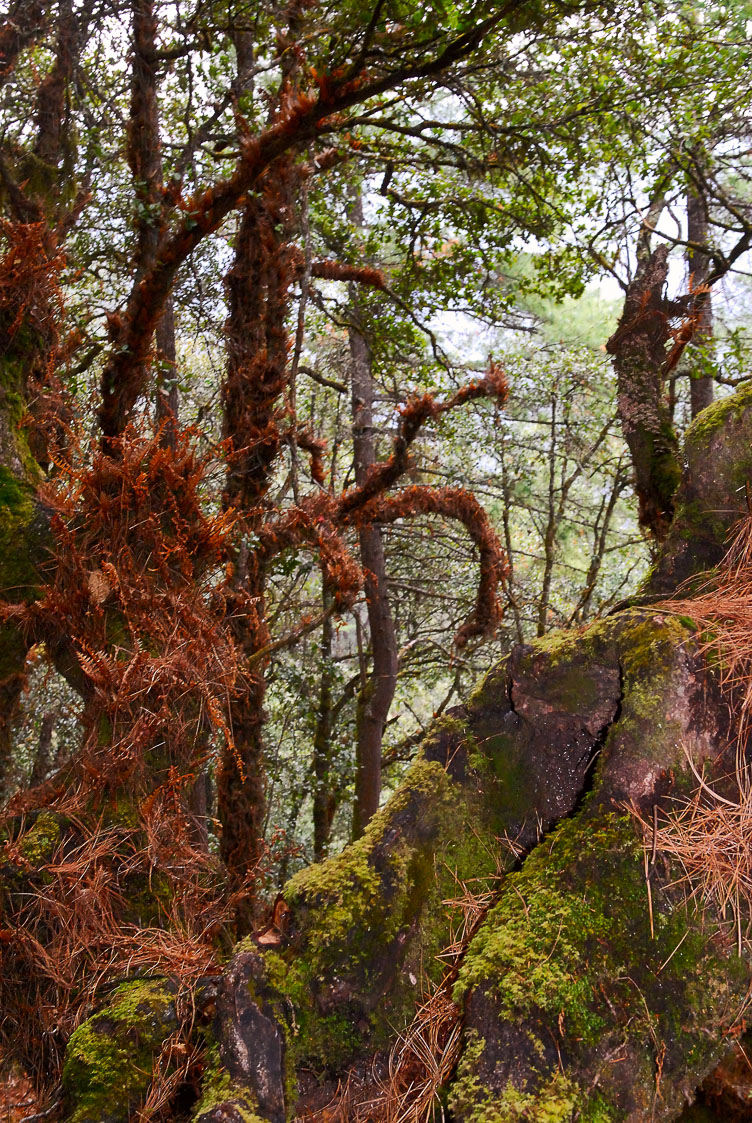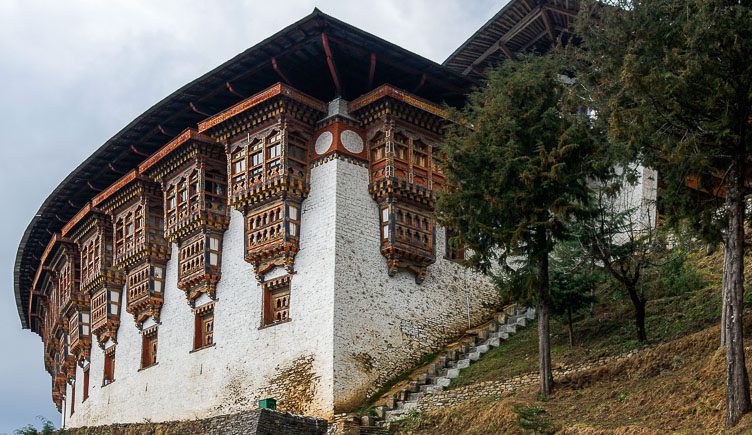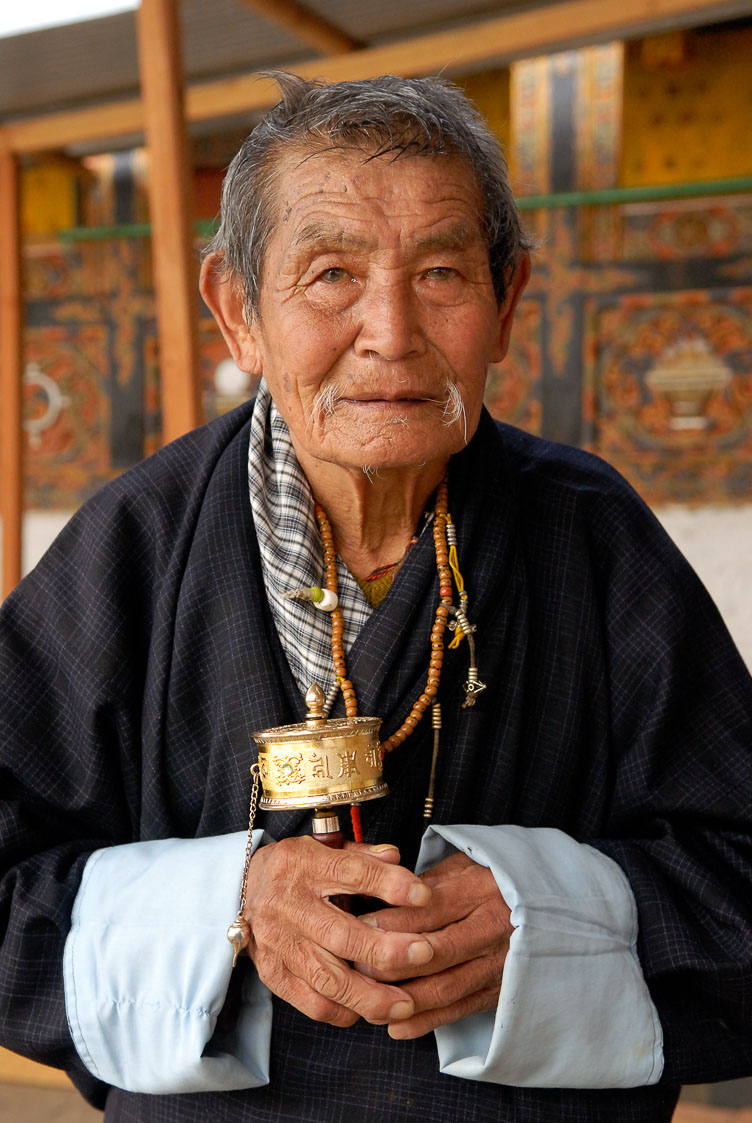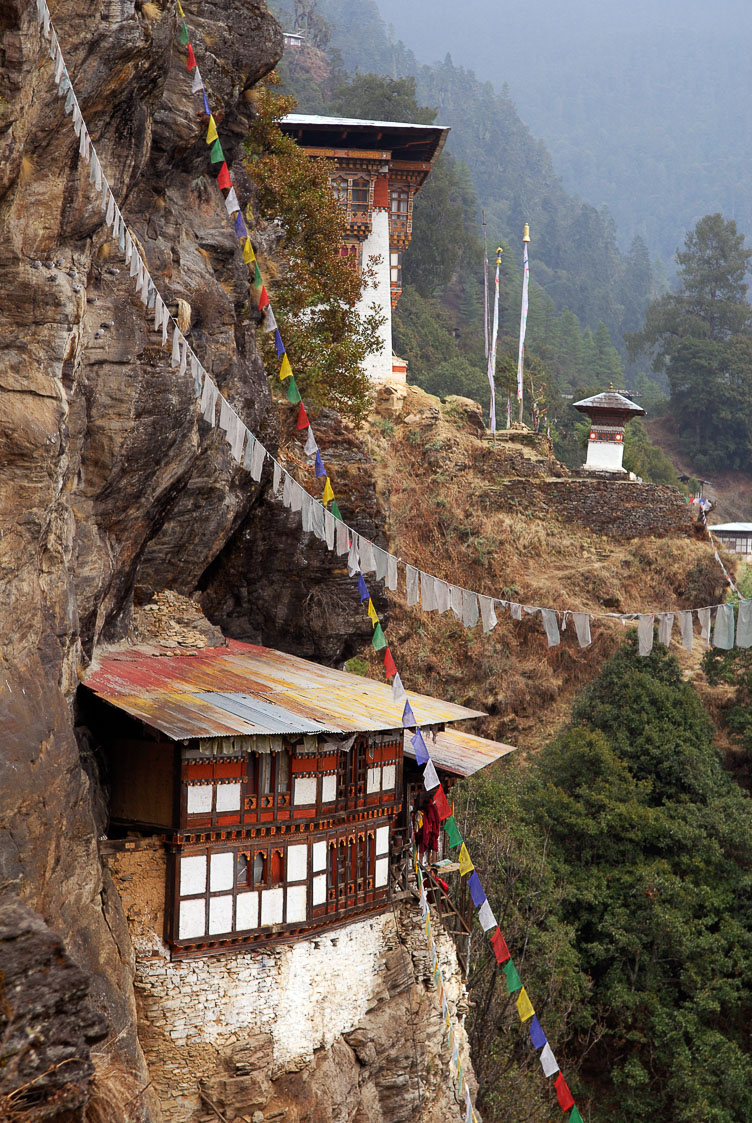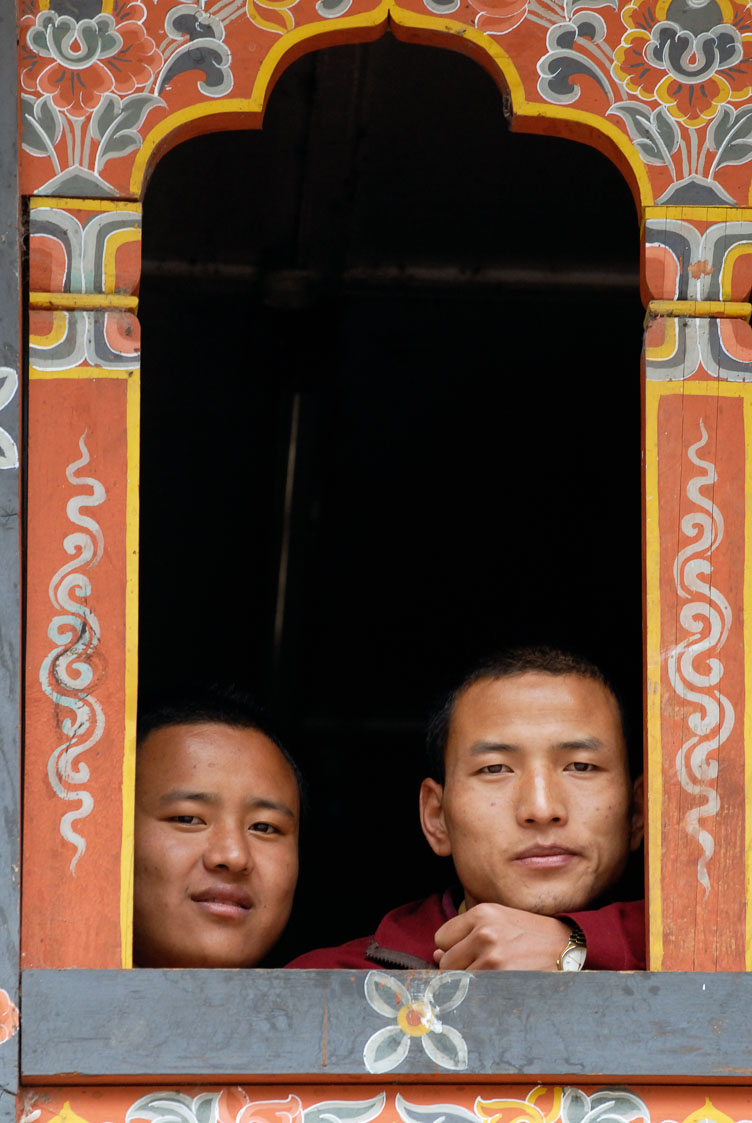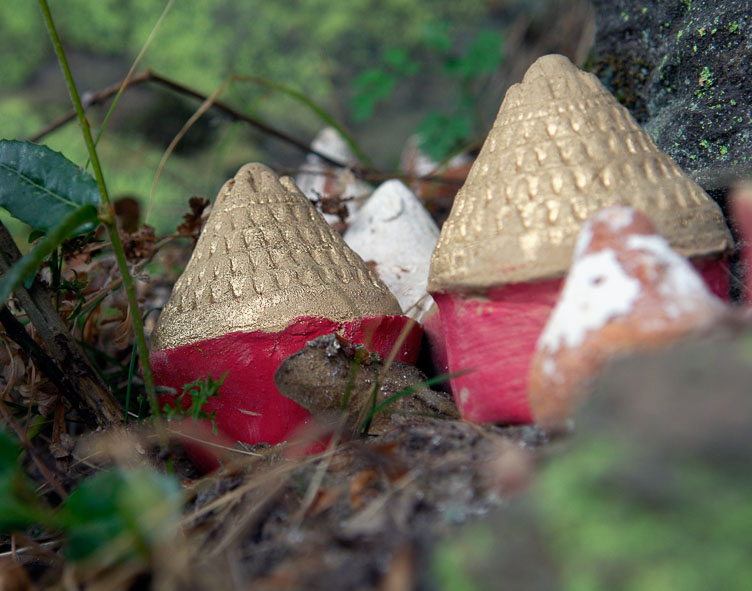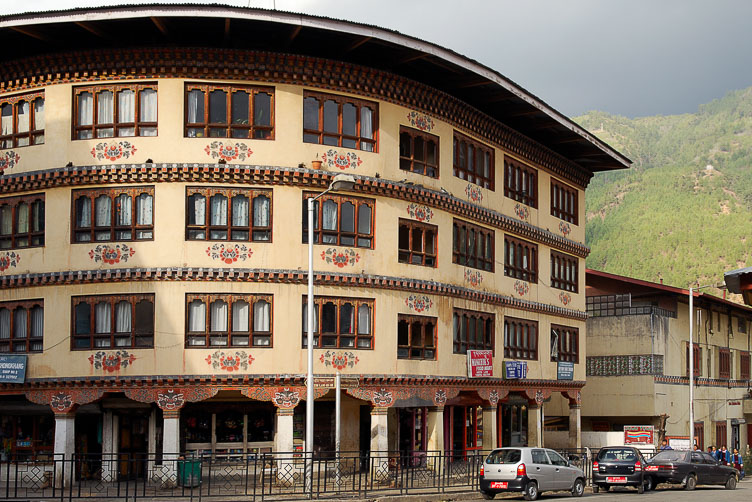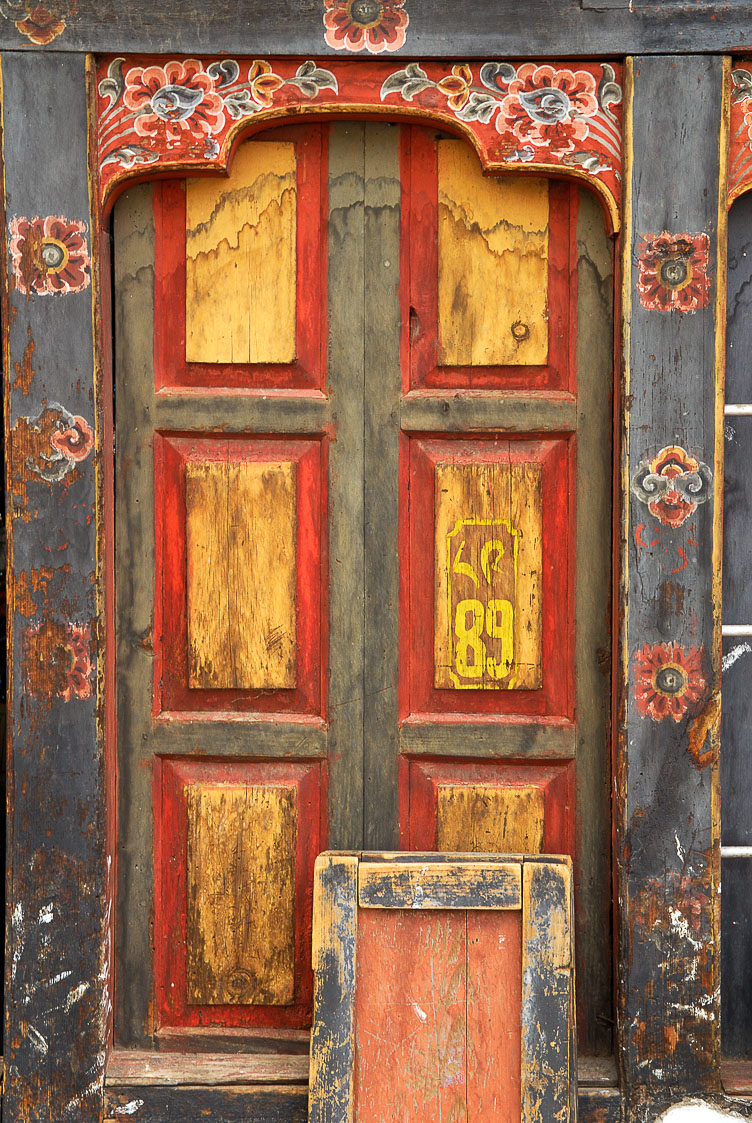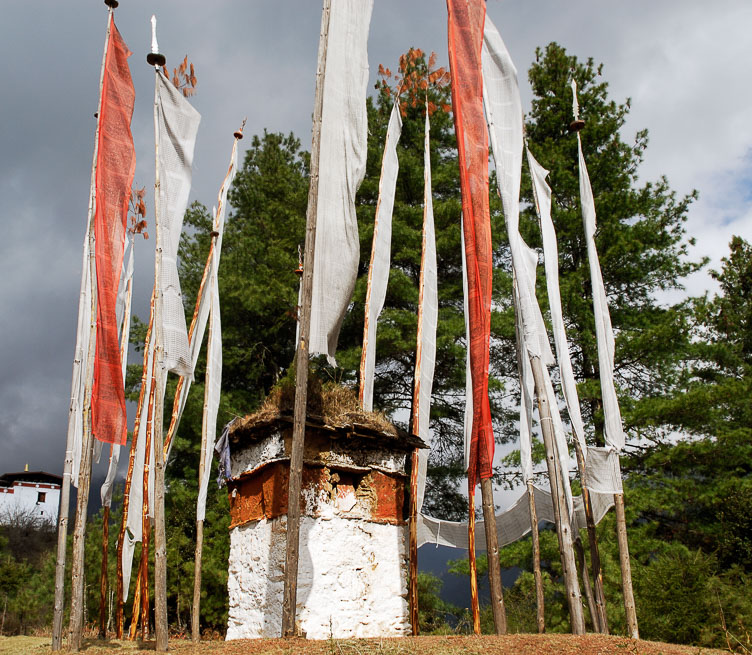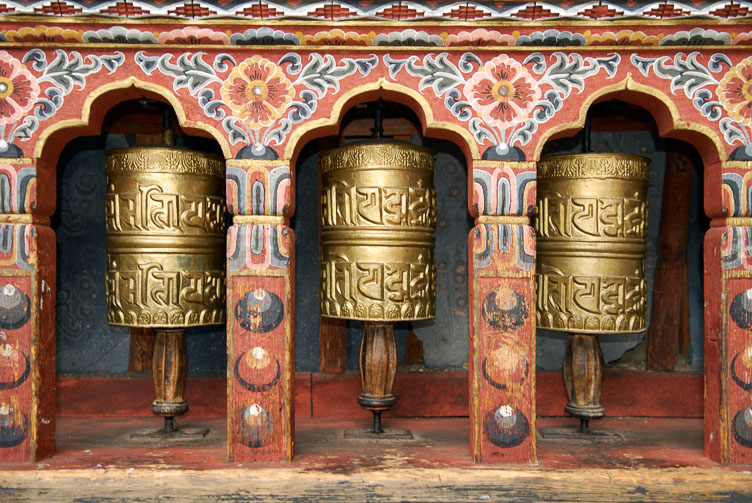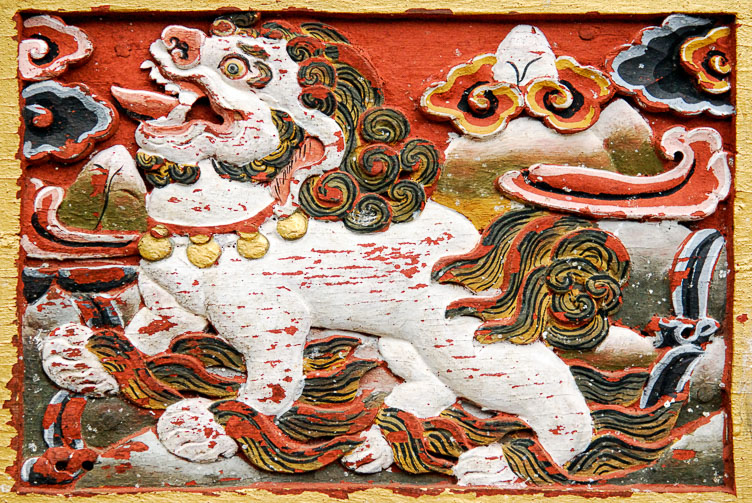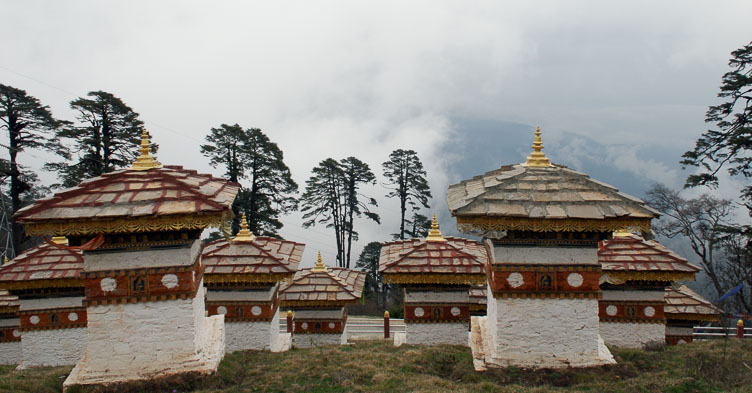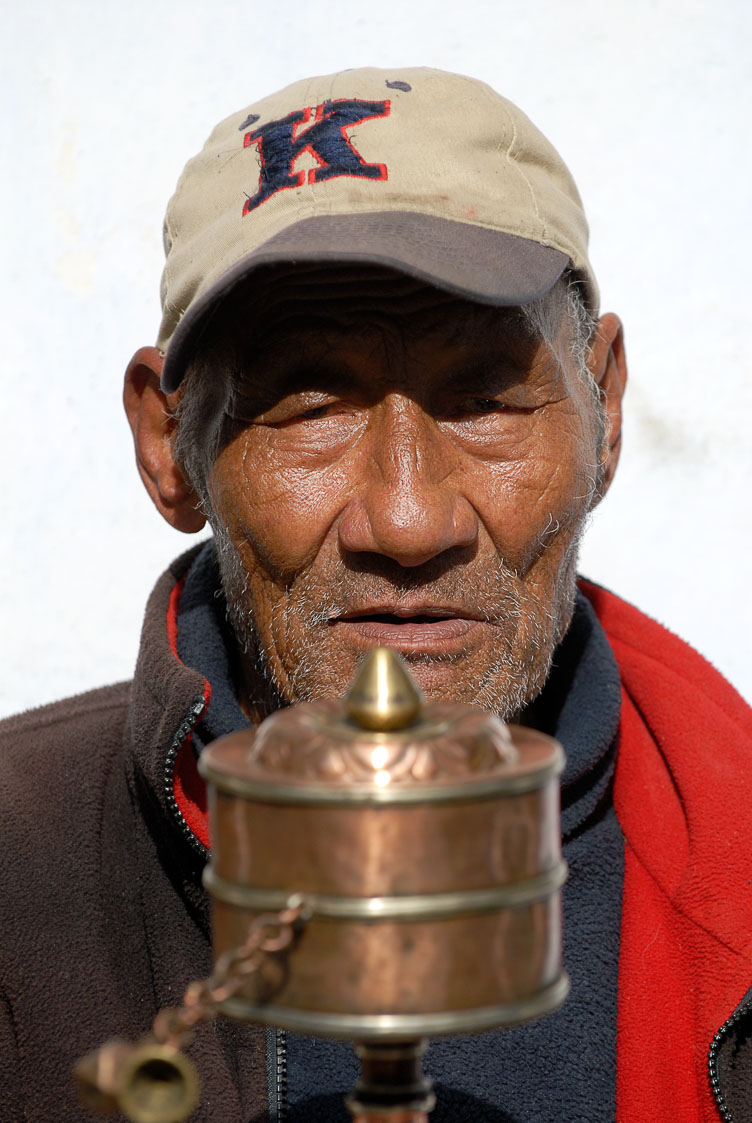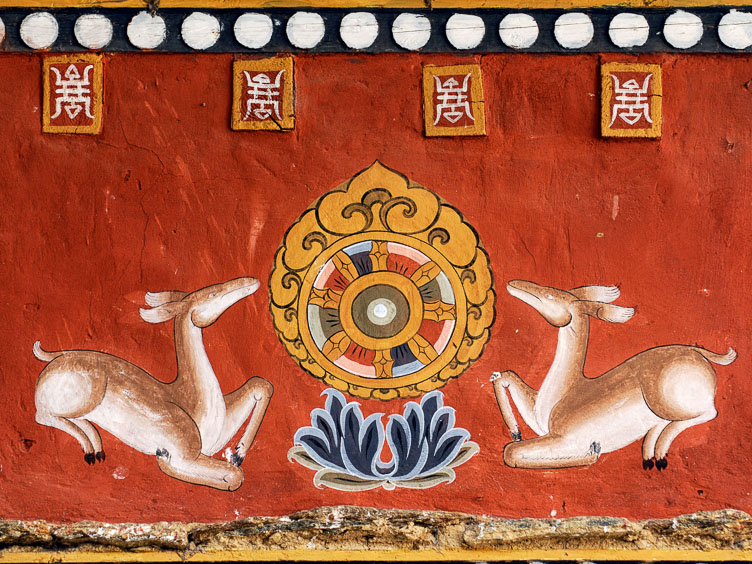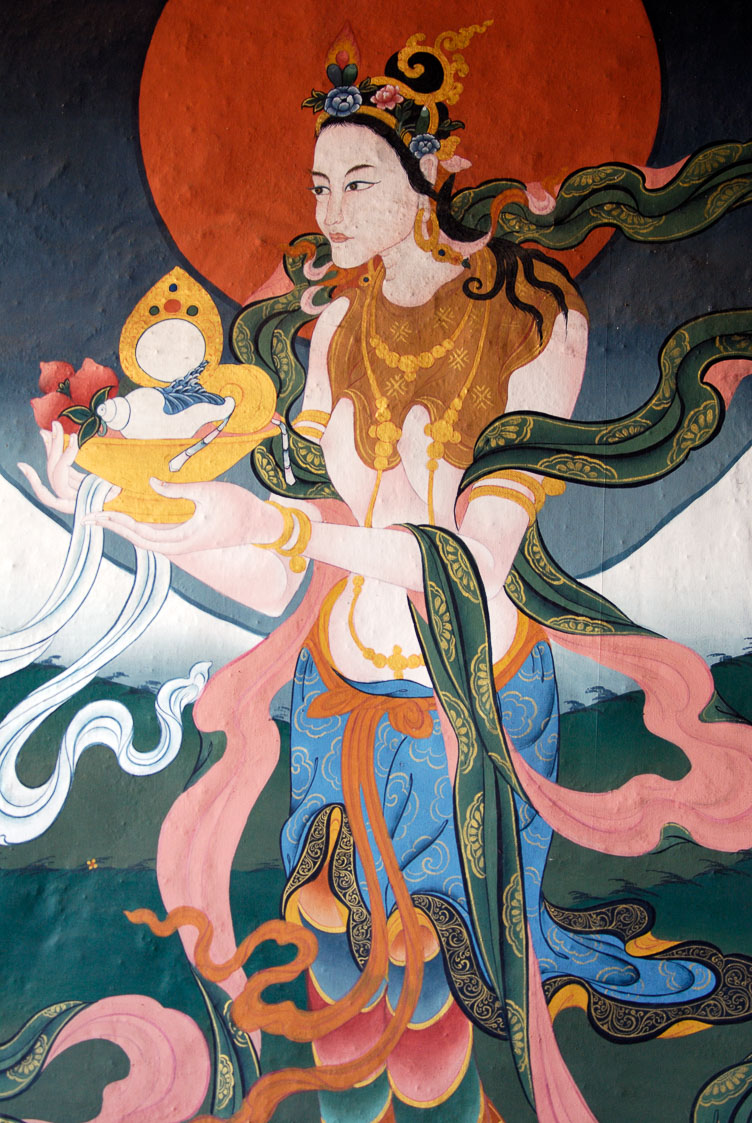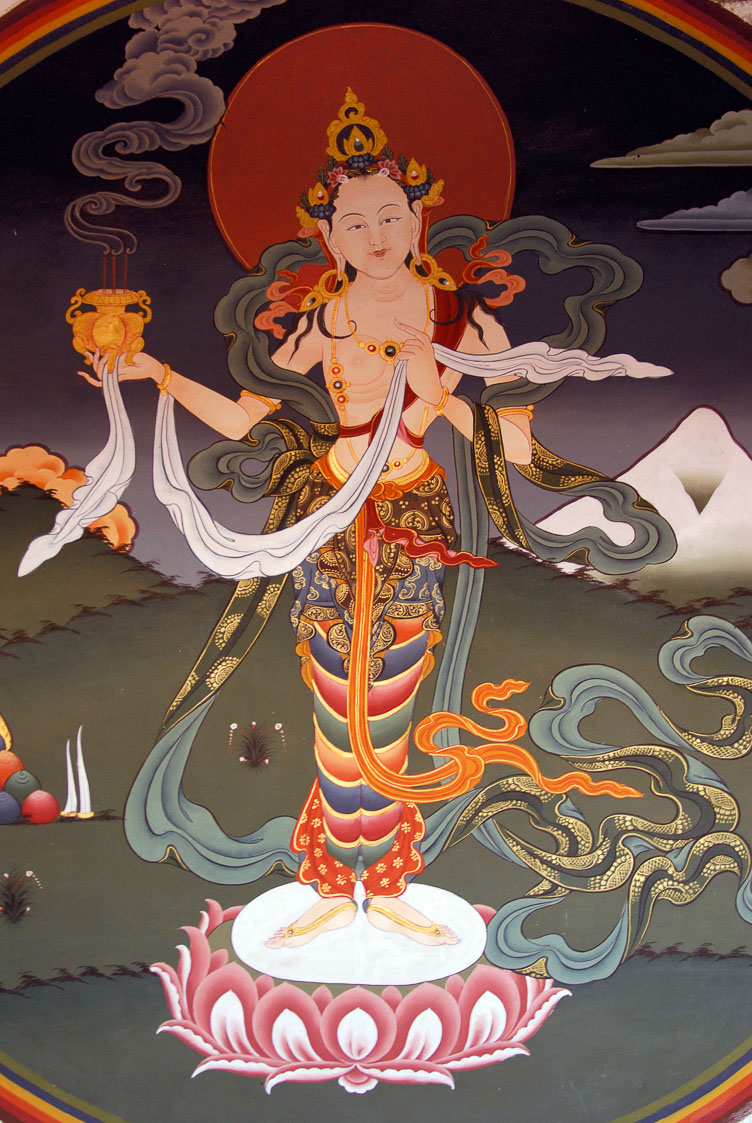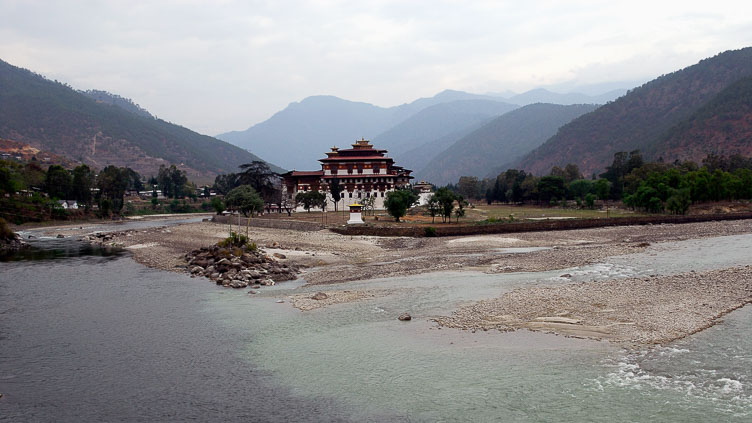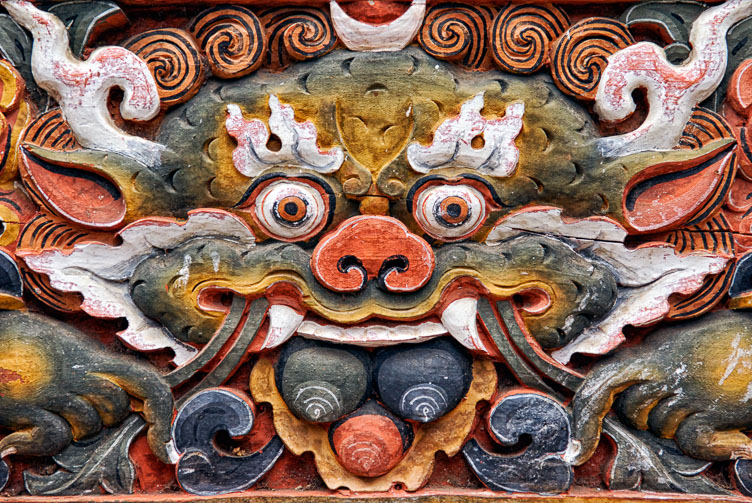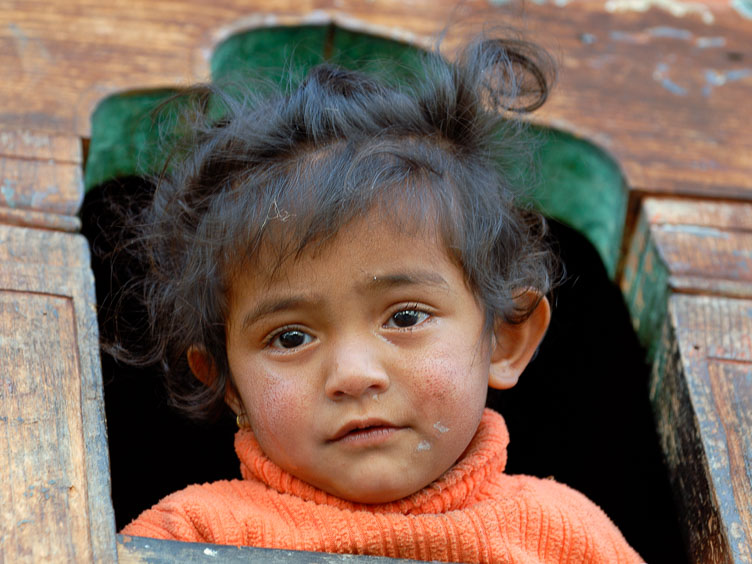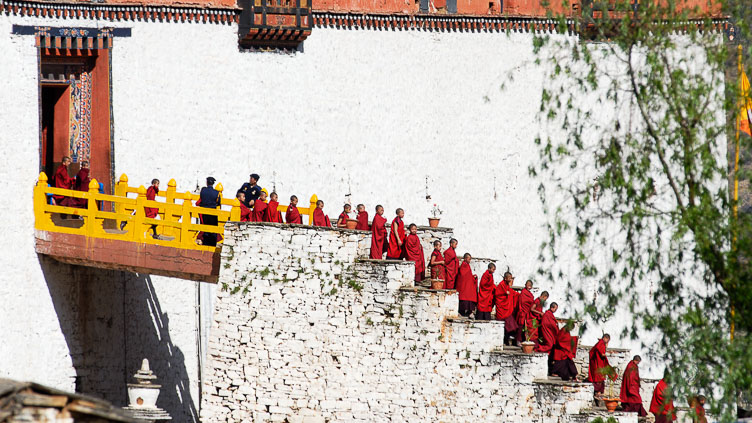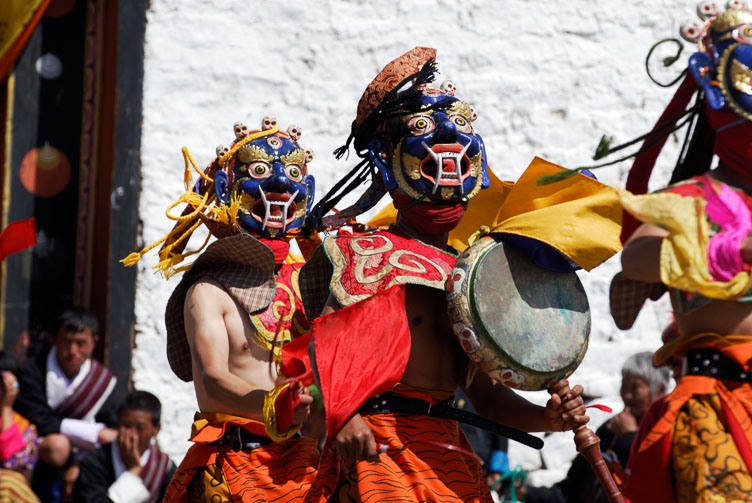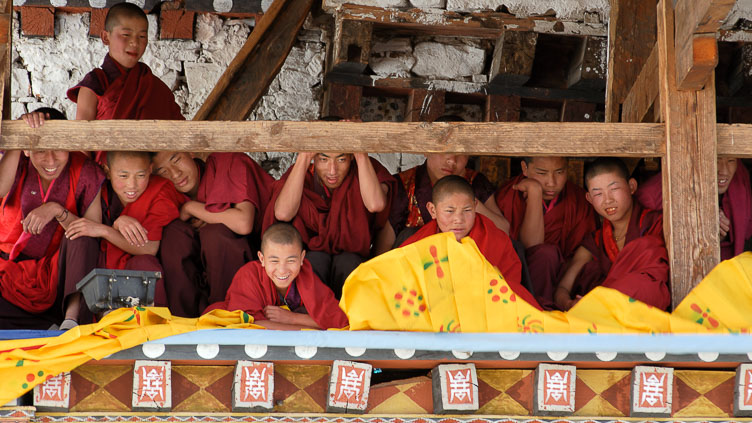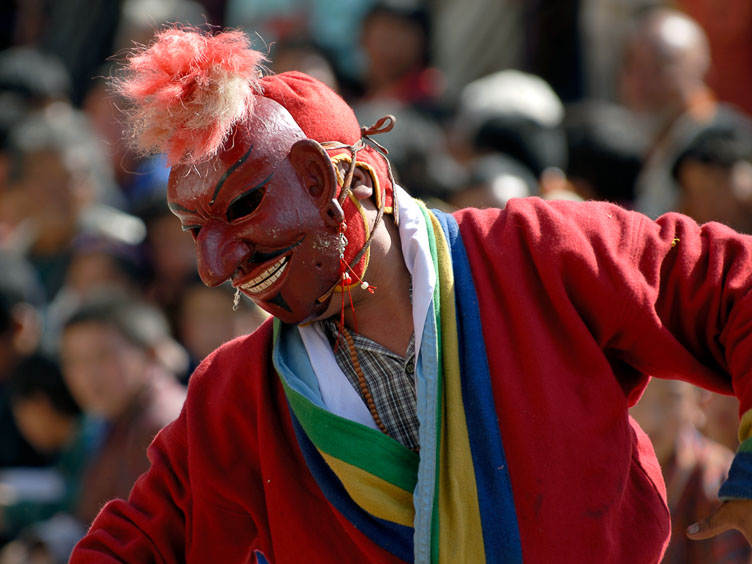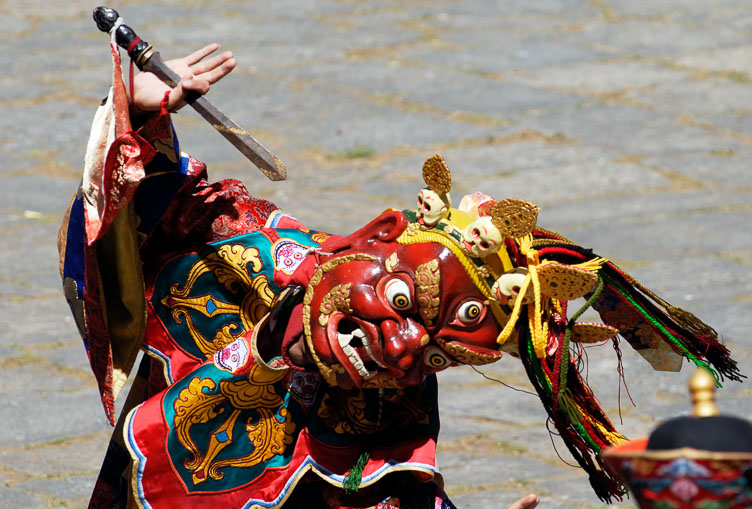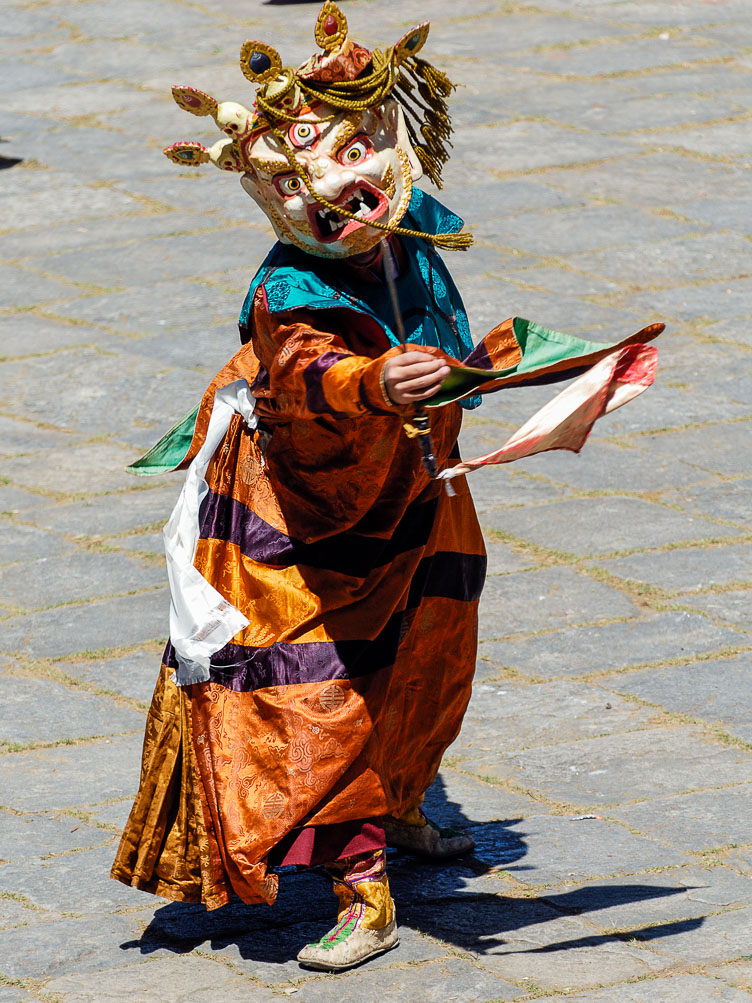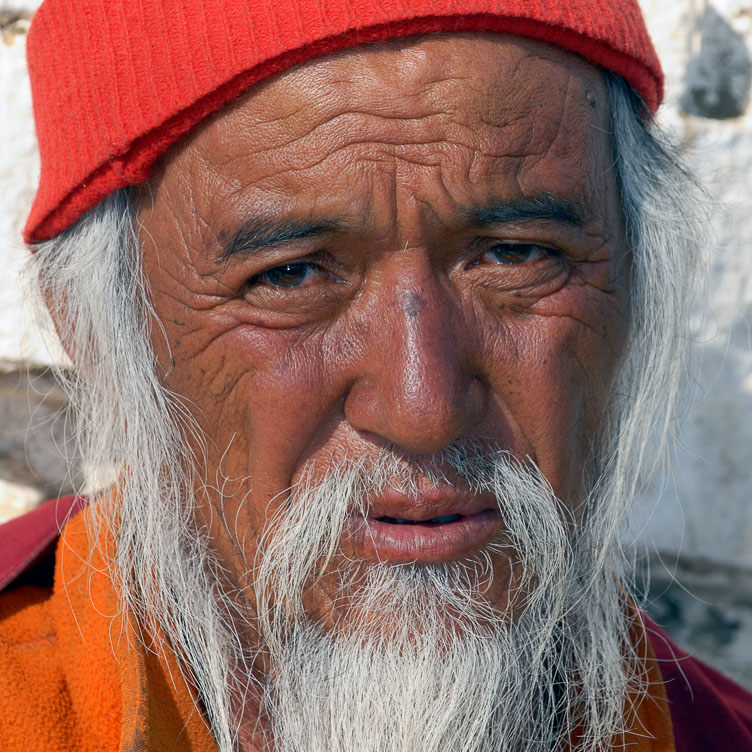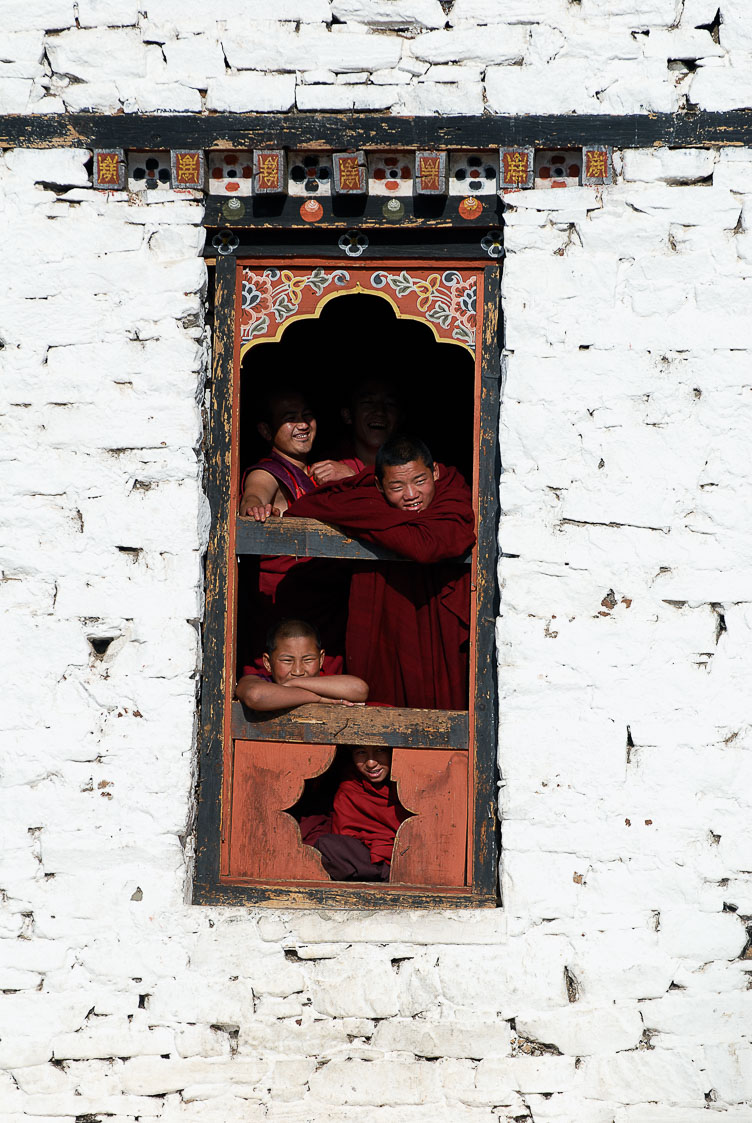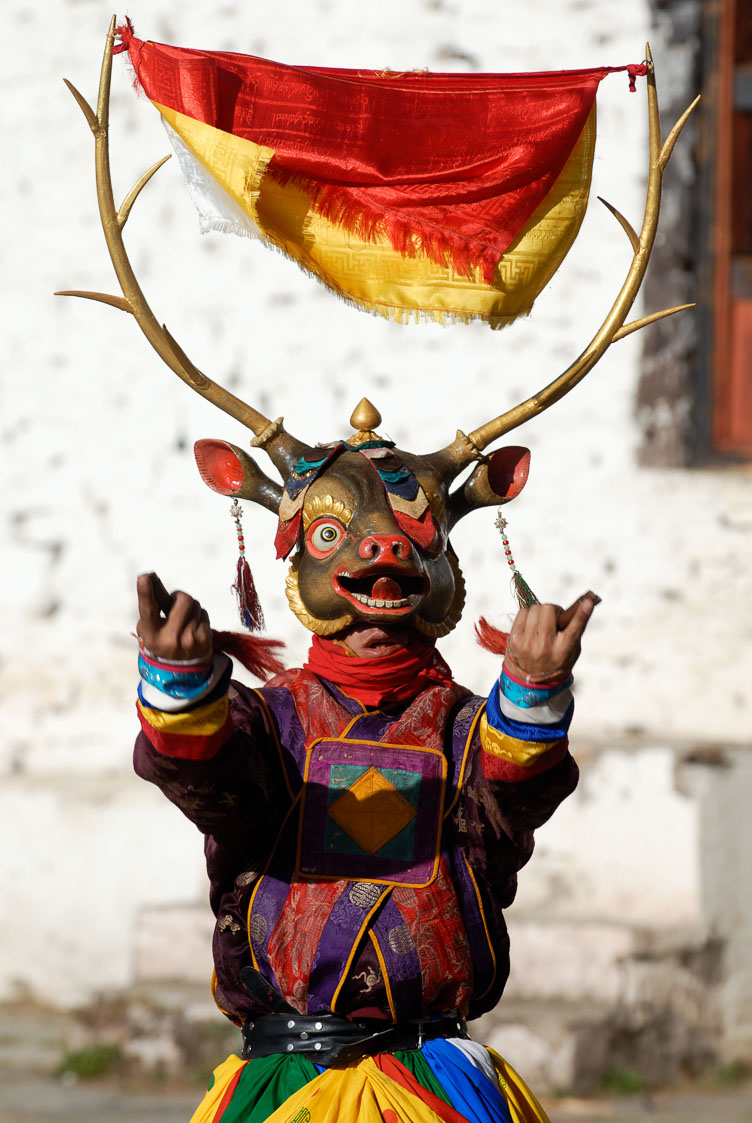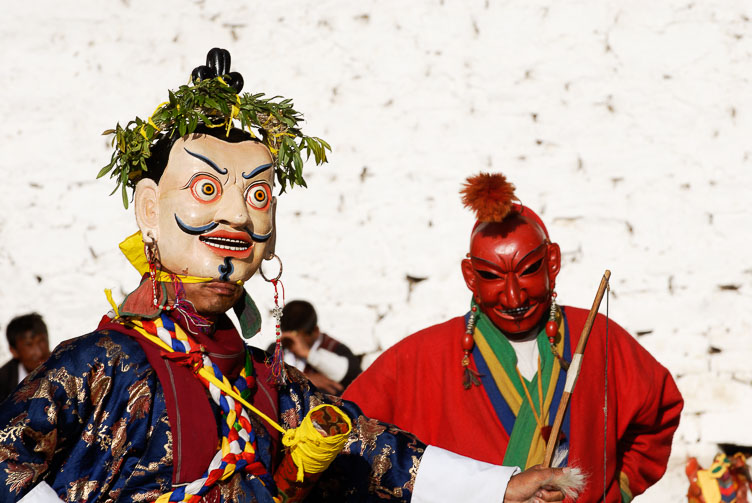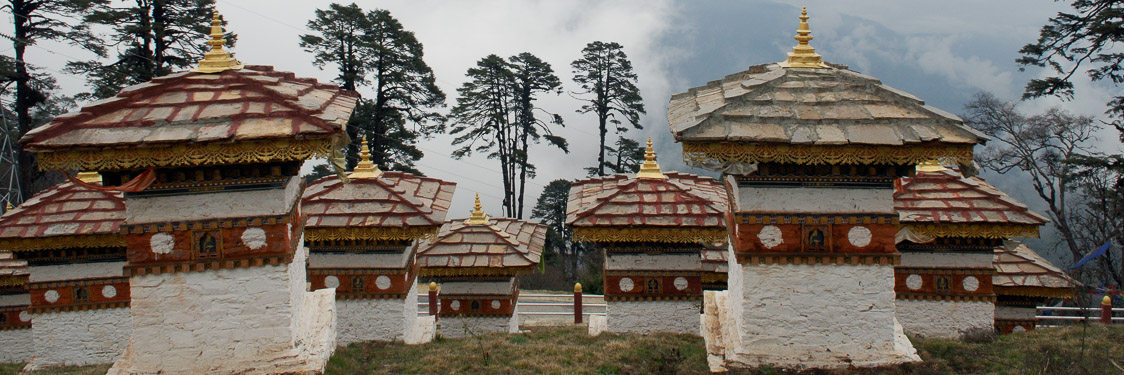
Bhutan is definitely one of the lesser-known countries in this world. It is also one of the least visited, since the Bhutanese government tries to limit tourism while getting the most out of it. So there is an ‘entrance fee’: each day in Bhutan costs 200 us$, even if you go trekking and sleep in a tent. Having said that, a visit to Bhutan is one you are not likely to forget. This small Asian country is beautifully situated in the Himalayas and has a unique culture which it is trying to preserve. The policy of the government is to follow the path of ‘Gross National Happiness’ instead of ‘Gross National Product’. This concept is based upon the four pillars of good governance, sustainable development, conservation of the environment and preservation of culture. Although Bhutan is listed by the UN as one of the least developed countries, people seem better off then in other countries that fall into this category. Compared with countries such as its neighbor India Bhutan has a more egalitarian society. You cross the border in Phuentsoling and gone are the beggars, the extreme poverty, the noise, the dirt and even most of the dust. On the downside the emphasis on a national identity has led to serious problems with (Nepalese) minorities.
The state religion, Tibetan Buddhism, plays an important role in both the daily live of the people and the experience of the visitor. Impressive fortress-like monasteries, dzongs, lie on steep mountain slopes, or next to rivers. Inside are wall paintings full of demons, gods and symbols portraying the ancient myths that go with Tantric Buddhism. Monks perform ancient rituals that have their roots in animist cultures.
A lot of people wear traditional dress. To enter a temple or on any official occasion this is even mandatory for the Bhutanese There is also a dress code for buildings and even gasoline stations. Traditional styles and decorations are everywhere which make that just walking the streets gives one the otherworldly feeling that can make every trip enjoyable. And the national dish is a one that consists of nothing but green peppers with a sauce of molten cheese. I just love spicy !
Thimphu
The capital of Bhutan lies in a valley, on the slopes of the river Thimphu Chhu. The traditional decorated houses give the place a very distinct character, and there is a lot to explore by just walking around and forgetting the expensive tourist-shops. The impressive Trashi Chhoe Dzong (Fortress of the Glorious Religion) is the government-center. It can be visited after business hours. The Tango monastery can be reached on foot from Thimphu. The walk takes you through a beautiful alpine forest.
The Trongsa Dzong
Perhaps the most impressive dzong of Bhutan. It can be seen from afar with its fortress like walls and red roofs. Inside are a number of courtyards that are beautifully decorated with murals and woodcarving.
Paro – the Tsechu
Paro is a small but lively town near to the airport of Bhutan. It has an impressive Dzong and the Ta Dzong (originally the dzongs watchtower) houses the National Museum. The Paro Tsechu is one of the popular festivals that most dzongs hold annually. A tsechu is a series of dances that are performed in honor of Guru Rinpoche, considered the founder of Buddhism in Bhutan. It is as much a yearly social gathering as a religious festival. Tsechus last a few days and both monks and laymen perform the dances, often dressed up impressively. The clowns with their red faces and long noses are very popular with the locals. For westerners the dances are perhaps stretched a bit too long, especially the comic ones, since it is hard to get the clue and the jokes seem to be a bit crude.

